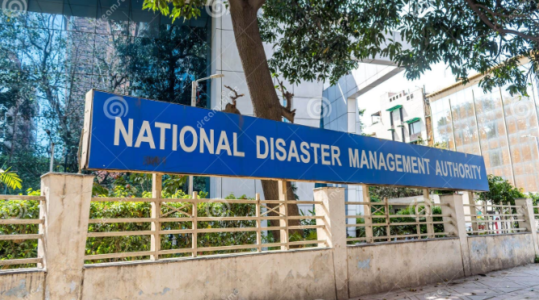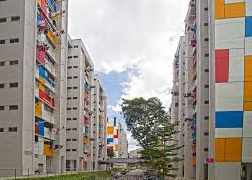The daring operation utilized “rat miners” and round-the-clock efforts to free laborers from a collapsed tunnel.
SILKYARA, India – In a dramatic breakthrough, Indian rescuers reached 41 construction workers trapped for 17 days in a collapsed tunnel in the Himalayan state of Uttarakhand on Tuesday (Nov 28).
The workers, stuck since Nov 12, were confined in a 4.5-kilometer tunnel as debris from a cave-in blocked their exit. Rescue teams drilled through rock and rubble to create a narrow 90cm-wide pipe that would enable the extraction of each worker using wheeled stretchers. Officials announced that the process to evacuate the men would begin immediately, with each extraction expected to take three to five minutes.
“This has been over 400 hours of relentless effort,” said Syed Ata Hasnain, a National Disaster Management Authority member. “We are taking every safety precaution until the very end.”
Unprecedented Rescue Efforts
The operation relied on multiple strategies after heavy machinery faced repeated setbacks. When advanced drilling equipment proved ineffective, authorities deployed “rat miners” – skilled laborers accustomed to burrowing through narrow passages by hand. These miners, working overnight, successfully cleared the remaining 60 meters of debris, enabling direct access to the trapped workers on Tuesday afternoon.
The trapped men, primarily low-wage workers from India’s poorest state, survived on food, water, and medical supplies delivered through the pipe. Meals included flatbreads, lentils, and curry, and doctors monitored their physical and mental health. The workers were encouraged to exercise lightly, move within their confined space, and stay engaged in conversation to maintain morale.
Prepared for Extraction
At the rescue site, 41 ambulances were stationed to transport the laborers to a hospital 30km away, with helicopters on standby for more critical cases. A temporary medical facility equipped with oxygen and emergency care beds was also set up near the tunnel entrance.
Families of the workers, who had camped near the site since the collapse, expressed relief and gratitude. Many were allowed into the tunnel to accompany their loved ones to the hospital.
Villagers gathered at the site, chanting Hindu devotional songs and praising the Hindu god Lord Ram. Rescue workers, celebrating their efforts, carried marigold garlands to welcome the workers as they emerged.
A Controversial Project
The collapsed tunnel is part of India’s $1.5 billion Char Dham highway project, an ambitious initiative to connect four Hindu pilgrimage sites through an 890km road network. The project, championed by Prime Minister Narendra Modi, has faced criticism for its environmental impact and safety concerns.
Experts investigating the collapse revealed that the tunnel lacked emergency exits and had been built through a geological fault, increasing the likelihood of disasters in the landslide- and earthquake-prone region. The government has since ordered audits of 29 tunnels across the country to ensure safety standards are met.
Despite its challenges, the Char Dham project continues to move forward, with government officials emphasizing the use of safer, environmentally conscious construction methods in unstable areas.








